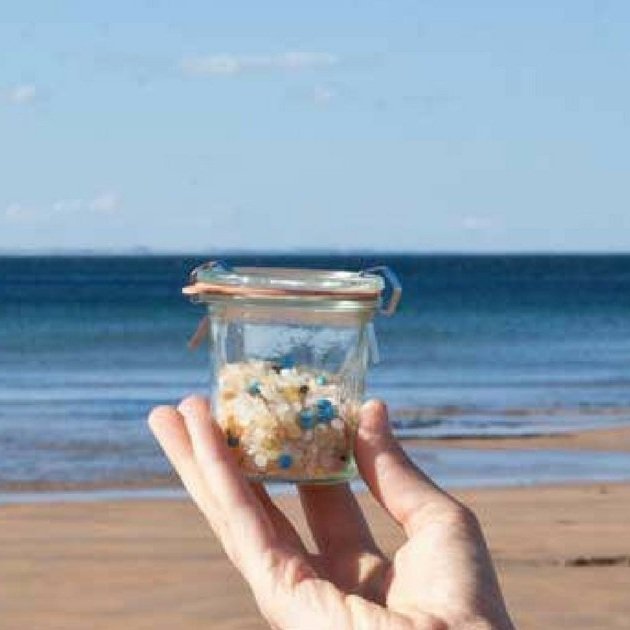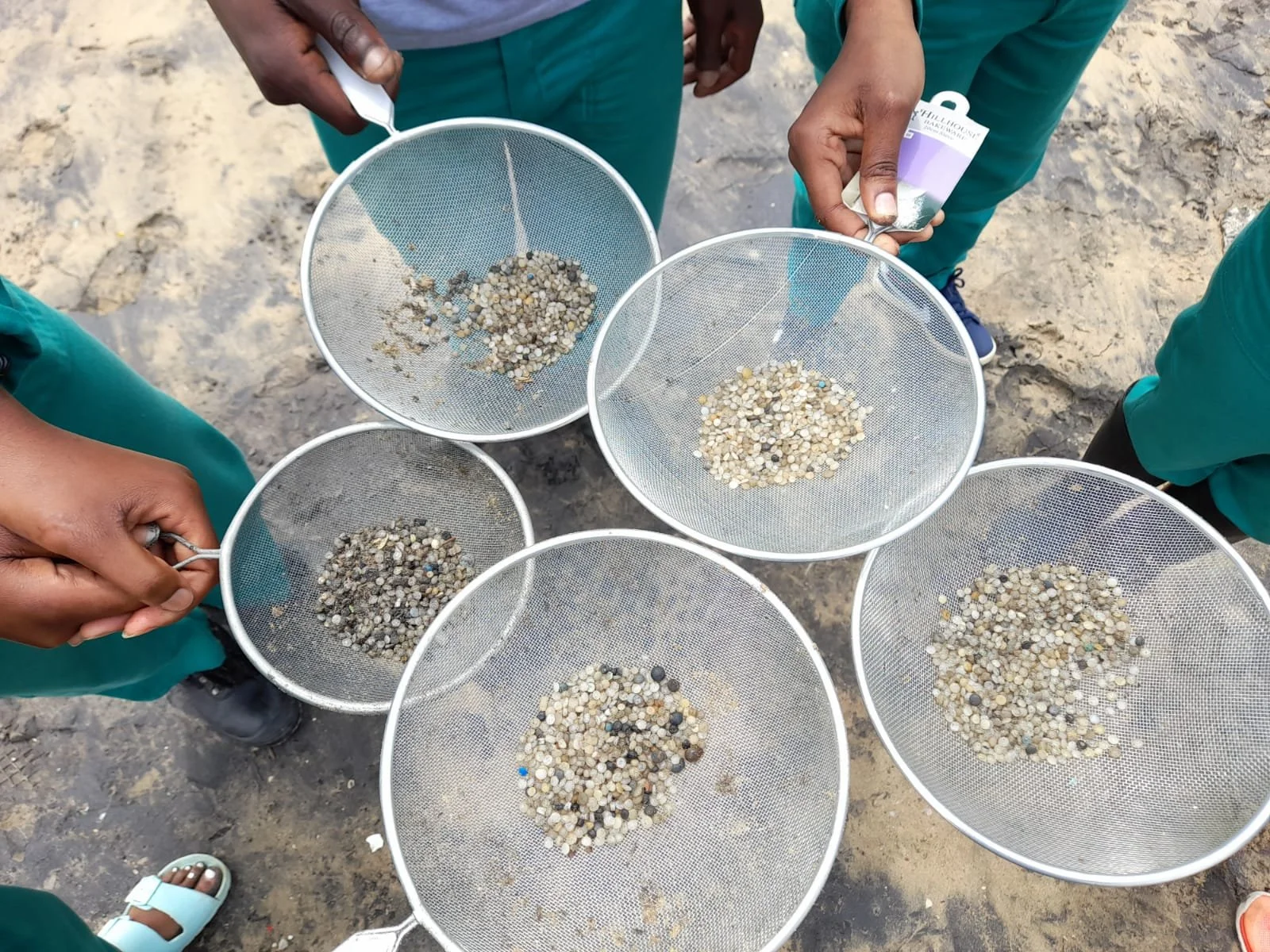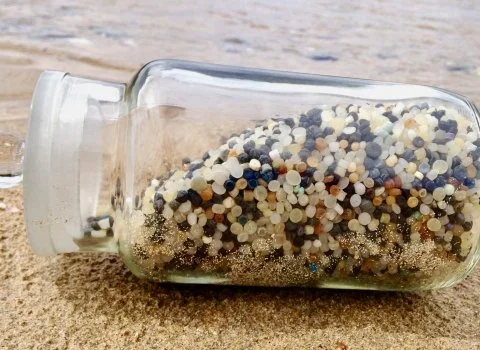THE GREAT NURDLE HUNT
In the heart of the Dorset countryside and just moments from the Jurassic Coast, Clavells is surrounded by nature. We are passionate about protecting the Purbeck landscape and preserving it for generations to come.
Kimmeridge Bay and the Dorset coastline enable us to provide our visitors with the freshest fish and locally caught dishes. However, with mounting levels of plastic and microplastics in the sea we need your help.
That’s why we want to ask you to join in the Great Nurdle Hunt. Ever heard of a nurdle? Let’s find out a little more, and learn about how you can help in the hunt for them.
What is a nurdle?
A nurdle is a tiny pellet of plastic which acts as the raw material in the creation of plastic products.
Marine life, such as fish, crustaceans and seabirds, can mistake nurdles for fish eggs or other types of food. When animals and fish eat the nurdles, they can lead to ulceration of the stomach which can interfere with their appetite and eventually lead to starvation.
Nurdles can also affect the ecosystems that they enter with a concerning capacity to change things such as the temperature and permeability of sand.
For humans, the danger comes with the transfer of the toxic chemicals in the nurdles entering the food chain when they are consumed by the fish which we then eat.
How can you help?
It’s almost impossible to clean up nurdles - they are tiny and clear, making them very hard to physically handle, especially in large numbers.
One of the most effective strategies in the fight against nurdles is to help charities such as Fidra to collect data to then discuss with industry leaders who can be persuaded to stop the loss of pellets into the environment.
In order to collect the data, teamwork is needed - on a large scale. Luckily, it’s quick and easy to help out, and you could be making a huge difference.
Just follow these simple steps to take part in the Great Nurdle Hunt
Go to a beach
This can be anywhere and at any time. You might want to check the tide times first and remember to always respect the sea. Sandy beaches are usually best for spotting nurdles.
Look for nurdles
Make sure you know what you’re looking for when you start your nurdle hunting. Nurdles are usually black-blue or yellow-white in tone. The most common colour is clear but they can often yellow over time. Size wise they are approx 2-5mm diameter.
Submit your findings online
Whether you find nurdles or not, submit your findings online using this simple form. You’ll just need to input some simple data about your location, the type of beach and the conditions, and ideally upload an image of the nurdles if you found them.
Be part of the solution
If we can encourage every visitor to Clavells to play their part in hunting for nurdles and submitting their findings, we’ve got the opportunity to make a big difference.
Industry leaders and decision makers will be able to see clear data evidencing the problem and the fact that people care about finding a solution. Helping to add your voice along to this worthy cause could save the future health of the coastline which we love so much.



